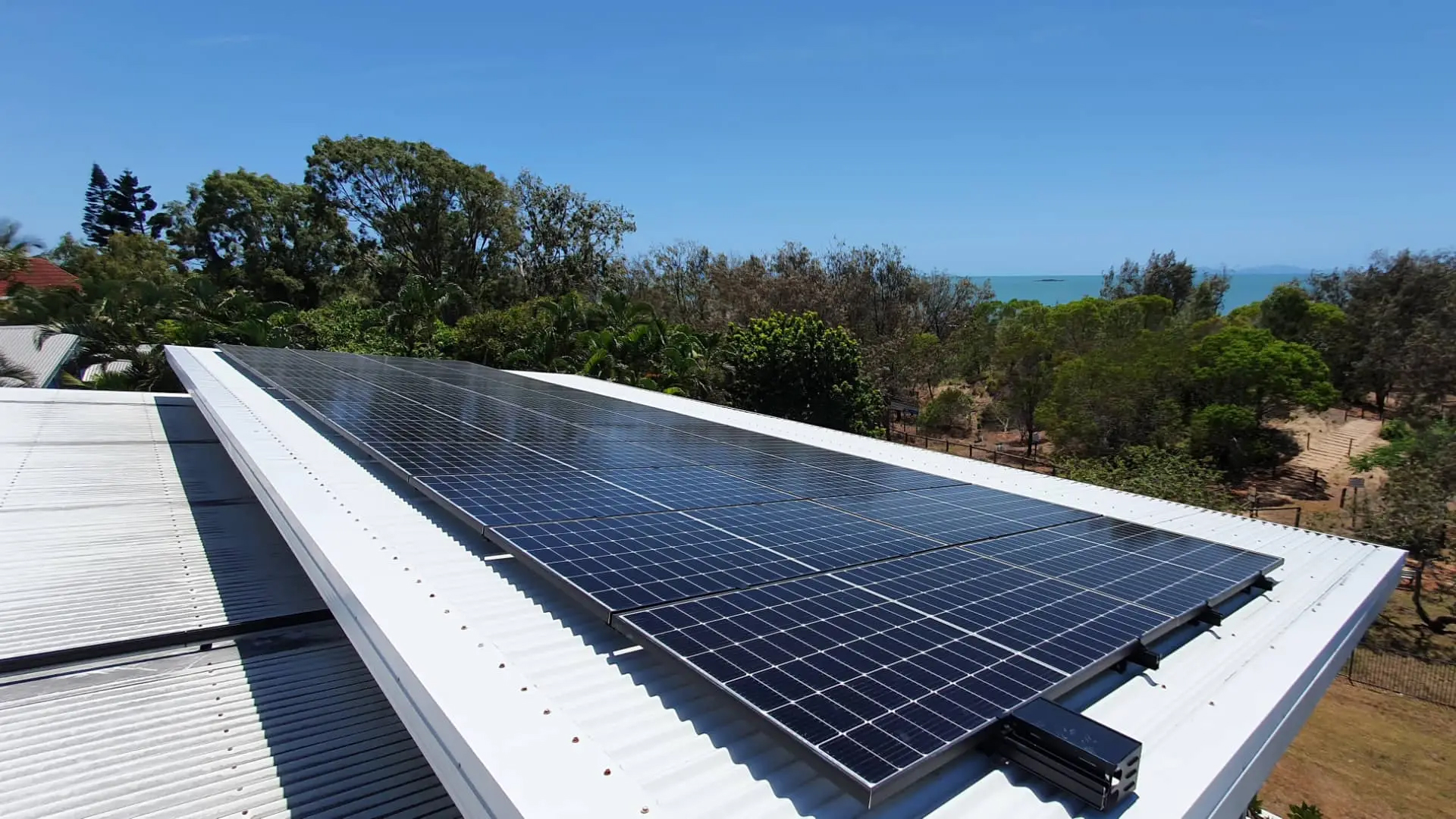The right solar battery can be an incredibly useful addition to your home solar panel system. A solar battery allows you to keep your home powered without relying on the energy grid even when the sun isn’t shining. It’s a big step towards a more energy-independent, sustainable, and cost-effective home.
However, it’s essential to get the right solar battery for your needs. There are tons of options out there, at a range of different price points and performance levels. It’s easy to feel overwhelmed and confused, and even end up dropping a lot of cash on the wrong battery for your needs.
We want to help you avoid that, so we’ve put together this guide to help you choose the right solar battery for your specific needs.
What to Consider When Choosing a Solar Battery
- Capacity refers to the amount of energy your battery can hold, usually measured in kilowatt-hours. The higher this number, the more energy your battery can supply to your home, which means you can last longer when your panels aren’t working.
- Voltage is the amount of electrical energy your battery can produce. Typically batteries come in 6V, 12V, 24V and 48 Volts. The main thing to keep in mind is that your battery voltage aligns with the rest of your solar system and inverter.
- Depth of Discharge — or DoD — refers to how much of a battery’s charge is actually usable, expressed as a percentage. For example, if the DoD on your 10kW battery is 80%, you’ll only get 8kW of actual power out of it.
- Cycle life is an estimation of the number of times a battery can be charged and discharged before it loses enough of its capacity to be largely useless. Batteries with higher cycle lives are more expensive but last longer, so may ultimately be more cost-effective.
- Efficiency — the amount of energy actually stored in a battery compared to the amount that was put into it, expressed as a percentage.
- Compatibility with your existing solar system. It doesn’t matter how technically advanced and sophisticated your battery is if it doesn’t work with your current solar setup. Take some time to ensure your chosen battery will work alongside what you already have.
- Cost. Solar battery costs can vary enormously depending on a number of different factors, so do your homework. Keep in mind that while it may be tempting to opt for a cheaper model, spending a bit more upfront might save you considerable amounts of money in the long run.
Main Types of Solar Batteries
Lead-Acid Batteries
In use since 1859, lead-acid batteries are tried-and-tested. They’re safe, affordable, and used in all kinds of places from cars to UPS systems. While cheap, they have a relatively short cycle life and storage capacity compared to the newer alternatives.
Lithium-Ion Batteries
Lithium-Ion batteries have only been commercially available for about 30 years, and they’re based on more advanced technology than their lead-acid predecessors. This gives them a longer cycle life and larger storage capacity and a higher price tag. You’ll find lithium-ion batteries in your laptop, smartphone, and — if you’re lucky — your Tesla.
Flow Batteries
Flow batteries are the most advanced battery type on this list. They have a much larger capacity than the other two and offer both a longer cycle life and longer storage life. The drawback is that they cost significantly more.
How to Choose The Right Solar Battery for Your Home — A Checklist
Now it’s time to work out which type of solar battery is best for your needs. We put together a simple checklist to help you get there.
1. Find out how much power your home uses
If you have a smart meter, this will give you a good approximation of your daily, weekly, and monthly usage. If not you’ll have to take the longer route — add together the wattage of every single appliance in your home and then multiply it by the number of hours you use it every day, week, and month to calculate the kilowatt-hours for those time periods.
2. Find out how much time you need your battery to cover
Your solar battery will come into play whenever your solar panels can no longer generate enough power to keep your home running. Find out how many hours of sunlight your home receives each day around the year, and from that calculate roughly how many hours you’ll need your battery to cover.
Also, think about your usage patterns — if you use most of your high-wattage appliances during sunlight hours you’ll have less need for a battery than if you use them at night. Remember to consider power outages if that’s a factor in your area. If you want to go fully off-grid, you’ll need a much bigger battery.
3. Clarify your budget
How much are you willing and able to spend on a solar battery? Remember that some batteries, like lead-acid, are much cheaper than others, like flow batteries. Batteries with a larger voltage, storage capacity, cycle life, and storage life are typically more expensive, so you’ll need to weigh up the options to find the right fit for your budget and needs.
4. Talk to an expert
One of the best things you can do when choosing a solar battery is to consult with a professional. At SnapSolar, we’ve helped countless households and businesses in Mackay and the surrounding Queensland area with this.
We can answer all your questions relating to your solar battery and help you make the right long-term decision for your budget and solar needs. Get in touch with us to find out more and get started.
Get Your FREE Quote Today & Save $$$!
Contact our team today and we'll get back to you as soon as possible to discuss your solar needs!
Get a FREE QuoteRelated Articles.

What Happens to Solar Panels During a Power Cut?

Jackson Wyer

How to Make a Case for Solar To Your Landlord

Jackson Wyer

The Hidden Costs of Interest-Free Finance for Solar

Jackson Wyer

